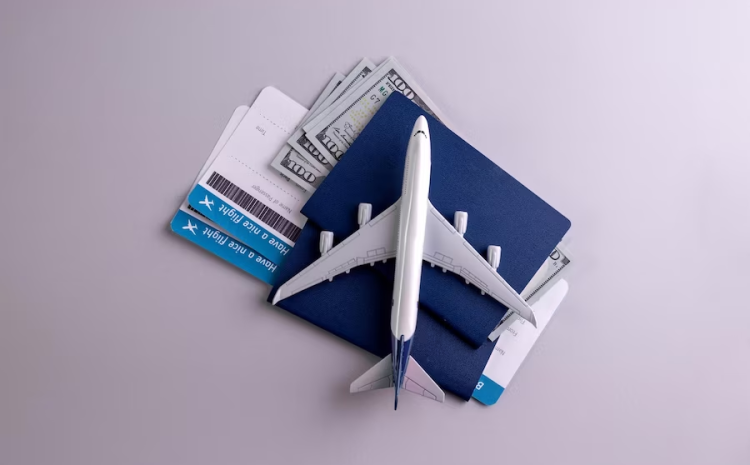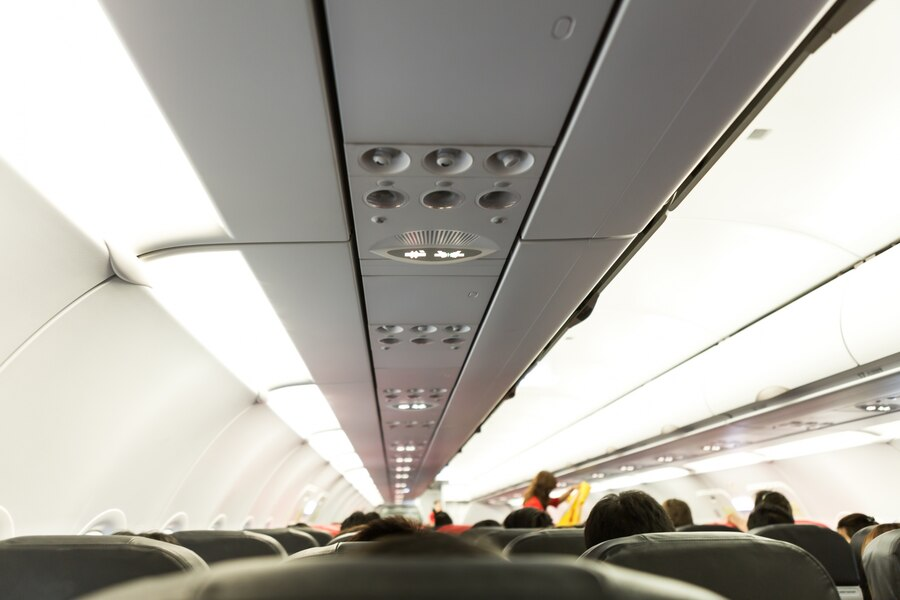The In-Depth Story of Concorde Ticket Pricing

The Concorde represented an audacious endeavor—a truly iconic supersonic passenger airliner born from the collaboration between the United Kingdom and France. Its grand introduction in 1976 heralded a profound transformation in commercial aviation, opening the doors to the era of supersonic travel that promised to whisk travelers across the Atlantic in less than half the time required by conventional aircraft.
However remarkable and awe-inspiring, Concorde travel came with a hefty price tag. It stood as the epitome of opulence and exclusivity, with its fares reflecting these esteemed attributes perfectly.
Setting the Stage: Initial Ticket Pricing
In 1976, the launch of commercial services by Concorde set a new bar for ticket pricing in the aviation industry. The initial price for a round-trip ticket between London and New York was set at approximately £1,070 by British Airways and at about $1,442 by Air France. While this price may seem reasonable in the modern day, considering the rate of inflation, the cost was quite significant for the time.
The ticket pricing strategy of Concorde was a calculated decision, influenced by a number of factors, including:
- Operational Costs: The Concorde was an engineering marvel, but with its impressive capabilities came high operational costs. The aircraft consumed nearly twice as much fuel per passenger as a Boeing 747, making each flight a costly endeavor;
- Maintenance Expenses: Given its technological complexity, the Concorde required frequent maintenance and check-ups to ensure optimal performance and passenger safety. The aircraft’s high maintenance requirements were a significant addition to its operating costs;
- Exclusivity: The Concorde was not just an aircraft; it was a symbol of luxury and prestige. The aircraft catered to an exclusive market segment – high-net-worth individuals who sought the fastest and most luxurious travel experience. Therefore, the high ticket prices not only reflected the operational and maintenance costs but also the exclusivity and prestige associated with a Concorde flight.
As a result, the Concorde ticket prices were set high from the start, creating an atmosphere of opulence and luxury around the airline service.
The Heyday of Concorde: Peak Pricing

By the late 1990s and the early 2000s, the Concorde had firmly established its reputation as a luxury airliner. The ticket prices had increased steadily over the years, reflecting the increased operational costs and further solidifying the Concorde’s position as the epitome of high-class travel.
During this period, the round-trip ticket price for a Concorde flight between New York and London had peaked to an impressive range of $12,000 to $15,000. To provide context, here’s a comparative analysis of the ticket prices for various premium airline services during the same period:
| Airline Service | Round-Trip Ticket Price (Late 1990s – Early 2000s) |
|---|---|
| Concorde (British Airways/Air France) | $12,000 – $15,000 |
| First Class (British Airways/Air France) | $9,000 – $10,000 |
| Business Class (Major Airlines) | $4,000 – $7,000 |
As evident from the table, the Concorde ticket prices were notably higher than even the first-class tickets offered by other major airlines. The high price was not just due to the rising operational and maintenance costs, but also a reflection of the Concorde’s superior travel experience and prestige.
The interior of the Concorde was equipped with plush leather seats, fine dining options, personalized service, and other high-end amenities. The price tag was not just for transport, but for an unparalleled, luxurious experience. The prestige and grandeur of flying in a Concorde and the allure of reaching destinations in record time justified the exorbitant ticket prices for the wealthy patrons.
The Aftermath: The Legacy of Concorde Tickets
The Concorde, famous for its supersonic flights and unique travel experiences, may have ceased operations in 2003, but its memory lives on in the hearts of aviation enthusiasts and collectors. Of particular interest are Concorde tickets and memorabilia which have seen a significant increase in value over the years, underlining the cultural significance and enduring interest in supersonic commercial travel.
Increase in Value of Concorde Tickets
The value of Concorde tickets has steadily risen since the aircraft’s retirement, with certain tickets now worth many times their original cost.
Table: Comparison of Original and Current Value of Concorde Tickets
| Ticket Type | Original Value (£) | Current Value (£) | Increase (%) |
|---|---|---|---|
| Round Trip (New York-London) | 4,350 | 10,000 – 15,000 | ~230% – 345% |
| One Way (New York-London) | 2,150 | 5,000 – 7,500 | ~230% – 350% |
| Final Flight Round Trip | 4,350 | 56,000 | ~1288% |
The most notable instance is the ticket from the Concorde’s final round-trip flight, auctioned off in 2020 for an incredible £56,000, signifying the enduring allure and iconic status of the Concorde.
Memorabilia Collection
A variety of Concorde-related items have also seen a surge in demand, revealing the extent of the fascination with the aircraft.
Popular Concorde Memorabilia and Their Estimated Values
| Memorabilia | Estimated Value (£) |
|---|---|
| In-flight Menus | 100 – 200 |
| In-flight Magazines | 50 – 100 |
| Limited Edition Models | 500 – 1,000 |
| Crew Uniforms | 2,000 – 3,000 |
| Aircraft Parts (e.g., seats) | 5,000 – 10,000 |
The Cultural Significance of the Concorde
The Concorde’s appeal lies in its groundbreaking speed, distinctive design, and the unique travel experience it offered. Notable characteristics include:
- Speed: The Concorde could fly at over twice the speed of sound, drastically cutting travel time across the Atlantic;
- Design: Its delta wing and droop nose design became instantly recognizable symbols of British and French technological achievement;
- Exclusive Travel Experience: Offering unparalleled luxury and service, it was the preferred mode of travel for many celebrities and heads of state, lending it an air of exclusivity.
Conclusion
Concorde was not just an airliner; it was a statement of luxury, prestige, and advanced technology. The ticket pricing was a reflection of these aspects, justifying the high costs with an unparalleled, speedy, and luxurious travel experience. Although the era of the Concorde has passed, its influence continues to be felt in the aviation industry, and it remains an icon of luxury air travel.
FAQ
Concorde ticket prices were high due to a combination of factors. Operational costs were significant due to the aircraft’s high fuel consumption and maintenance requirements. Furthermore, the Concorde catered to an exclusive, luxury market, with the pricing reflecting this unique positioning. The ticket price was not just for the flight but also for the unique, luxurious experience.
Concorde flights from London to New York took approximately 3.5 hours, less than half the time of conventional long-haul flights. This was a significant selling point for the Concorde, catering to business and luxury travelers who valued time efficiency.
The Concorde ceased operations due to a combination of factors. A fatal crash in 2000 led to safety concerns, followed by an economic downturn after the 9/11 terrorist attacks which reduced demand for luxury air travel. The aging fleet also required substantial investment for maintenance and updates, while the aircraft’s noise and environmental impact led to increasing regulatory pressures.
The Concorde could reach speeds of up to Mach 2.04, which is roughly 1,354 mph or 2,180 km/h. This is over twice the speed of sound and significantly faster than conventional passenger aircraft.
There are several companies, including Boom Supersonic, that are actively working on the development of new supersonic commercial aircraft. They aim to overcome the challenges faced by the Concorde, such as high operating costs and noise pollution. However, as of my knowledge cutoff in September 2021, no such aircraft has entered commercial service.